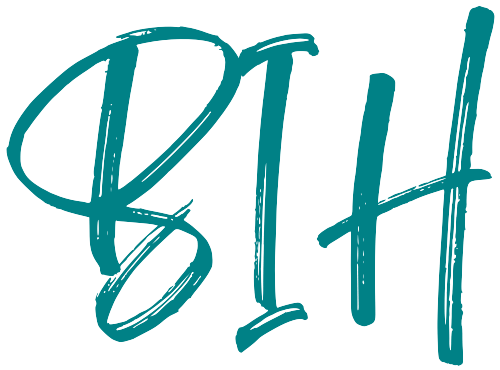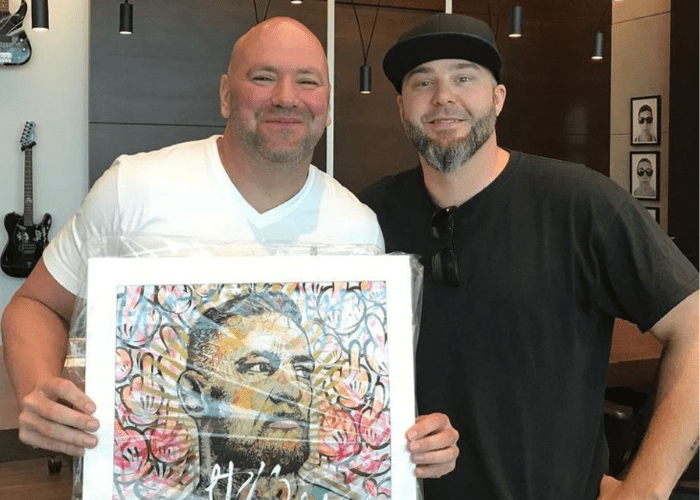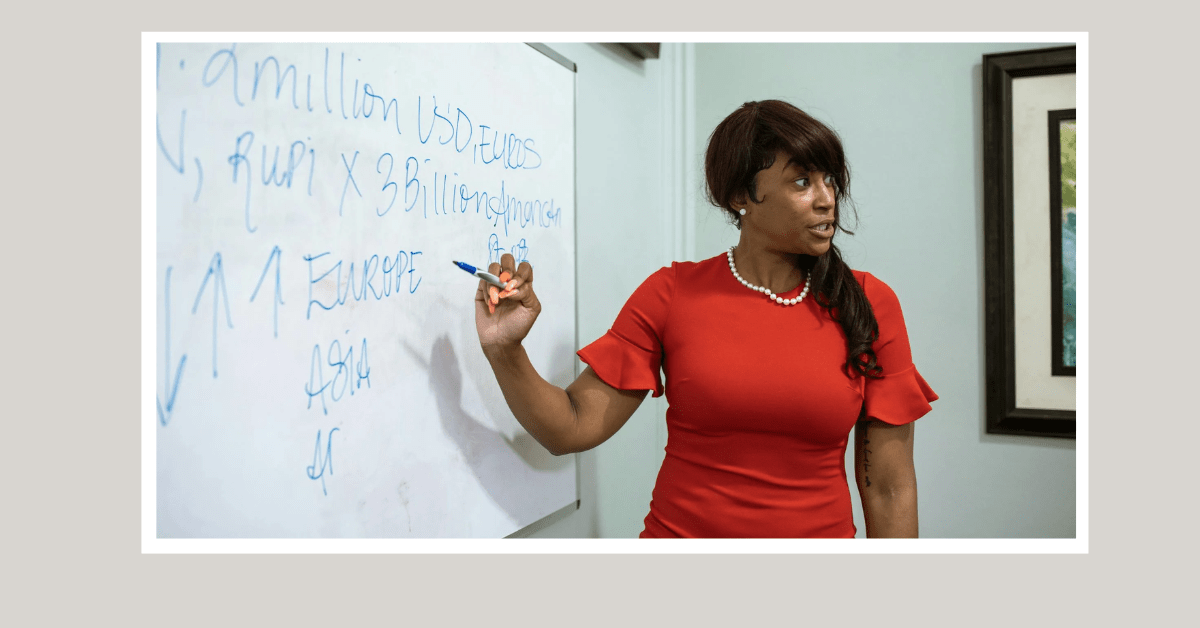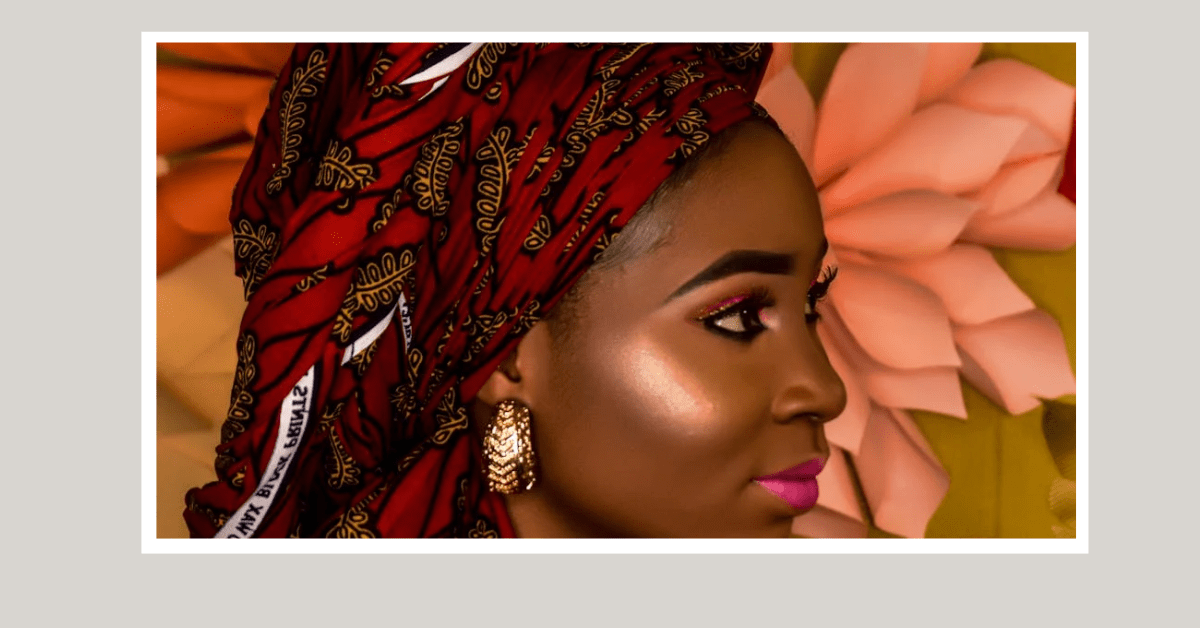Dillon Boy was born to be an artist.
Growing up in Phoenix in a “rough community,” James Dillon Wright was told from a young age that his creative gift would take him places. As a teenage loner he dreamed of either playing in a band or acting in movies, but found himself drawn to art as the best way to creatively express himself with no rules.
With a strong social conscious guided by popular culture iconography, Dillon Boy’s works are inspired by today’s burning issues. His popular Dirtyland collection features Disney Princesses in compromising positions, challenging age-old sexual stereotypes and gender issues. His numerous captures of Wonder Woman find her in various states of power, vulnerability and romance. Dillon Boy’s “pop avant garde” style is palatable to fine art connoisseurs and casual buyers alike and as such, to say this artist’s future is bright would be an understatement.
Your “Dirtyland” set caught my eye and first alerted me to your work. In that collection you blend a “lowbrow” sexual approach with “famous icons” like Disney princesses. What is it about that juxtaposition that fascinates you?
“What fascinates me is all the things in this world that need to be addressed. Things like poverty, child labor, sex trafficking, war, corporate conglomerates, the list goes on and on. I use famous icons because I know that people can easily identify with these symbols and through this form of ‘pop art’ or ‘graffiti pop’ I can exploit these well-known characters with political or social overtones to convey a message or make a statement. This is only the beginning. I have so much more to say. The new Dirtyland Series will be published this summer and I can’t wait for the people’s response!”
Do you draw inspiration from anywhere or anything in particular?
“Lately, I’ve been watching episodes of VICE and picking apart the different global issues. I’m fascinated with cultures around the world and I want to somehow engage with these subjects. For example, in the Philippines there are no laws or regulations on the age of smoking, so little kids walk around smoking cigarettes all day. Even little babies in diapers! I’m working on this piece right now directly related to this topic.”
What would you consider the highlight of your career to date?
“It’s really hard to pin-point one highlight that stands out as a huge milestone in my art making career, but if I had to pick one I would say my recent portrait for a model named Winnie Harlow. She has a rare skin condition called vitiligo which effects the pigment of her skin. I stumbled upon her while scanning through Instagram and was immediately inspired to do a portrait of her. After I discovered her, she discovered me and fell in love with the portrait I did of her. She posted it on her account and the next day I had acquired hundreds of new followers. It just made my day that she received the portrait well and I was able to “give back” in some way.”
What challenges does an artist like you face that outsiders might not see (nor understand)?
“Just don’t ask me to do your tattoo. I’m not a fucking tattoo artist. My biggest challenge as an artist is putting up with oblivious fools. Just because I’m an artist doesn’t mean I can tattoo your chest nor does it mean I do free portraits and caricatures.”
Would you say the art world is chauvinistic in any way?
“Good question. I’m not sure I know the exact answer but if you are referring to the people involved in the art world then I would say this: I don’t think being a professional artist is easy for anyone and the art world can chew you up and spit you out regardless of sex, race, or age. If you are referring to what the art world embodies, then I would say yes. Just like any other form of media, sexism exists. It is the very reason why I portrayed the Disney Princesses as sex symbols. I’m using that exact social experiment to sell my artwork that exploits the very topic.”
Young people, especially from socially disadvantaged backgrounds, may aspire to enter the art world but be unsure on how to do so and thus (sadly) back away from their dreams. How do we change this?
“I believe the biggest challenge for most artists is adapting to the serious side of it all. The business side. If you learn more about the business side you will be better equipped to make better decisions about your art life. Brushing up on your education in any way you can will only bring you more confidence in pursuing an art career. I also believe artists are messengers of the times and if you are an artist and you have something to say, than say it. You don’t need me or anyone else to tell you how to express yourself. You don’t need any guides or directions. If you are truly an artist, you will find a way to get that message across.”
Be sure to visit Dillon Boy’s website to peruse his incredible (and growing) art collection.











